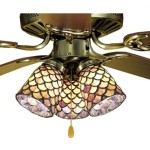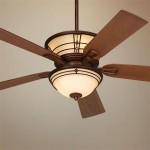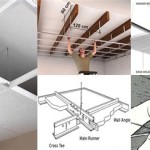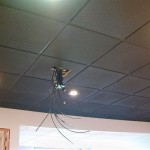Beams in the ceiling are an often overlooked yet essential part of many homes and other structures. They provide stability and support for the roof, walls, and other components of the building, making them an integral part of the structure. In this guide, we’ll take a look at the different types of beams, how they’re used, and how to maintain them.
Types of Beams
Beams in the ceiling come in a variety of shapes and sizes. Generally, they are made from wood, steel, or concrete and are either straight or curved. The type of beam you choose will depend on the structure of the building and the weight of the load it needs to support.
Wooden beams are the most common type of beams found in ceilings. They are typically made from pine, oak, or cedar, and are easy to install and replace. Wooden beams are usually used in lighter structures, as they can be easily shaped and cut to fit the desired size and shape. However, they are not as strong as steel or concrete beams and can be prone to warping and cracking over time.
Steel beams are typically used in heavier structures, as they can support much heavier loads than wooden beams. They can also be used to span larger areas, as they are available in longer lengths. Steel beams are often used in industrial and commercial buildings, as they provide a stronger and more reliable support system.
Concrete beams are the strongest type of beams and are often used in larger structures. They are extremely durable and can last for many years, but they are also more expensive than other types of beams. Concrete beams can also be used to span large areas, as they are available in longer lengths.
Uses of Beams
Beams in the ceiling are used to provide support for the roof, walls, and other components of the building. They are also used to create an aesthetically pleasing design, as they can be used to create a variety of shapes and designs. Beams can also be used to divide rooms, as they provide a visual barrier between different areas of the home.
Beams in the ceiling can also be used to cover up any exposed pipes or wires, as well as to create a more open and airy feeling in a room. Beams can even be used to create a unique look in a room, such as a vaulted ceiling or a skylight.
Maintenance of Beams
Beams in the ceiling need to be properly maintained in order to ensure the safety and stability of the structure. Regular inspections should be done to check for any signs of damage, such as cracks, warping, or rot. If any damage is found, it should be addressed immediately to prevent further damage.
Beams also need to be regularly cleaned to prevent the buildup of dust and debris. This can be done with a vacuum or a damp cloth, depending on the type of beam. If the beams are made of wood, they may need to be waxed or treated with a protective coating to keep them looking their best.
Conclusion
Beams in the ceiling are an essential part of many buildings and homes. They provide stability and support for the roof, walls, and other components of the structure, making them an integral part of the building. There are a variety of different types of beams, each with their own advantages and disadvantages. Beams need to be properly maintained and inspected regularly in order to ensure the safety and stability of the structure.














Related Posts








